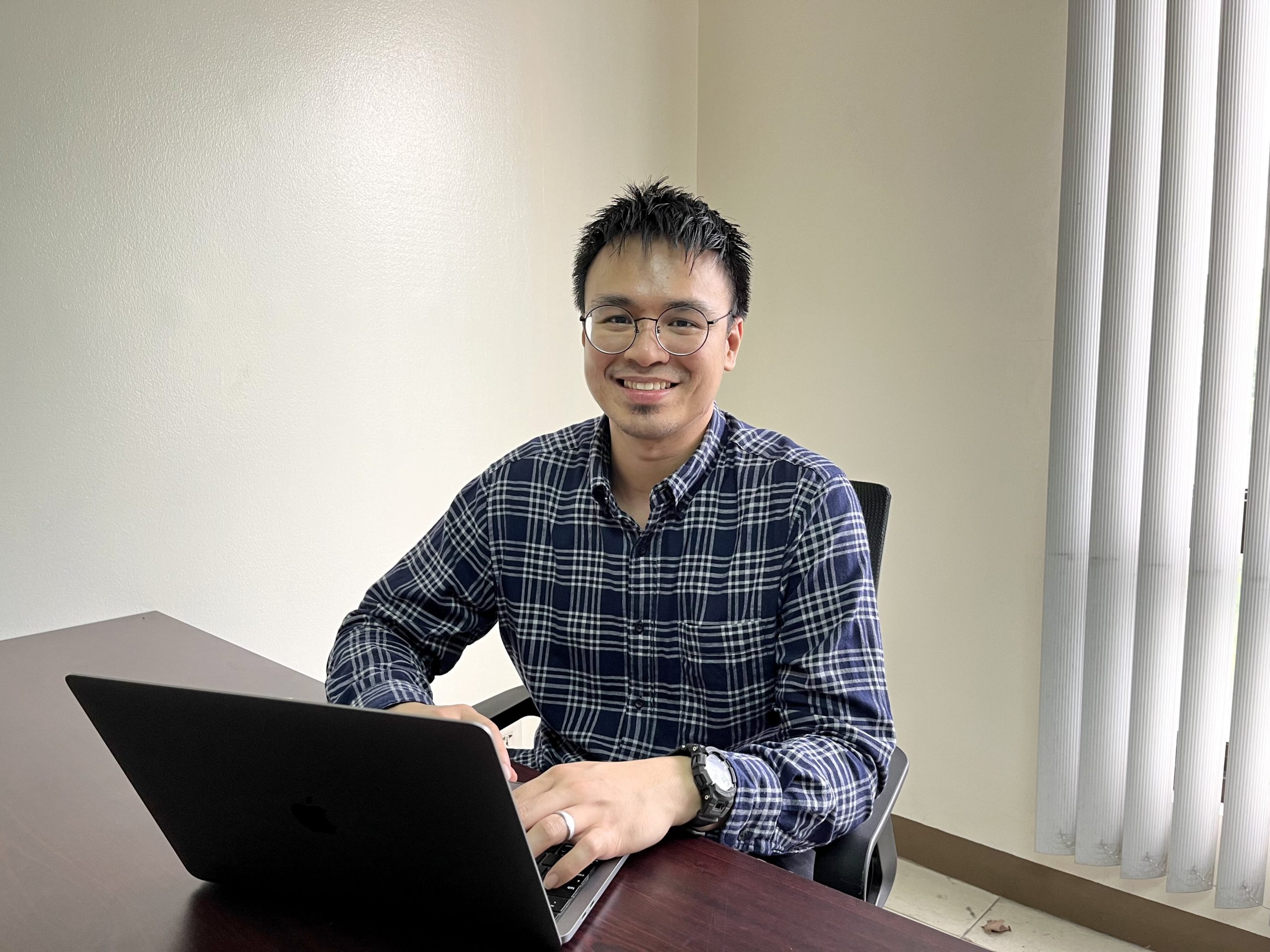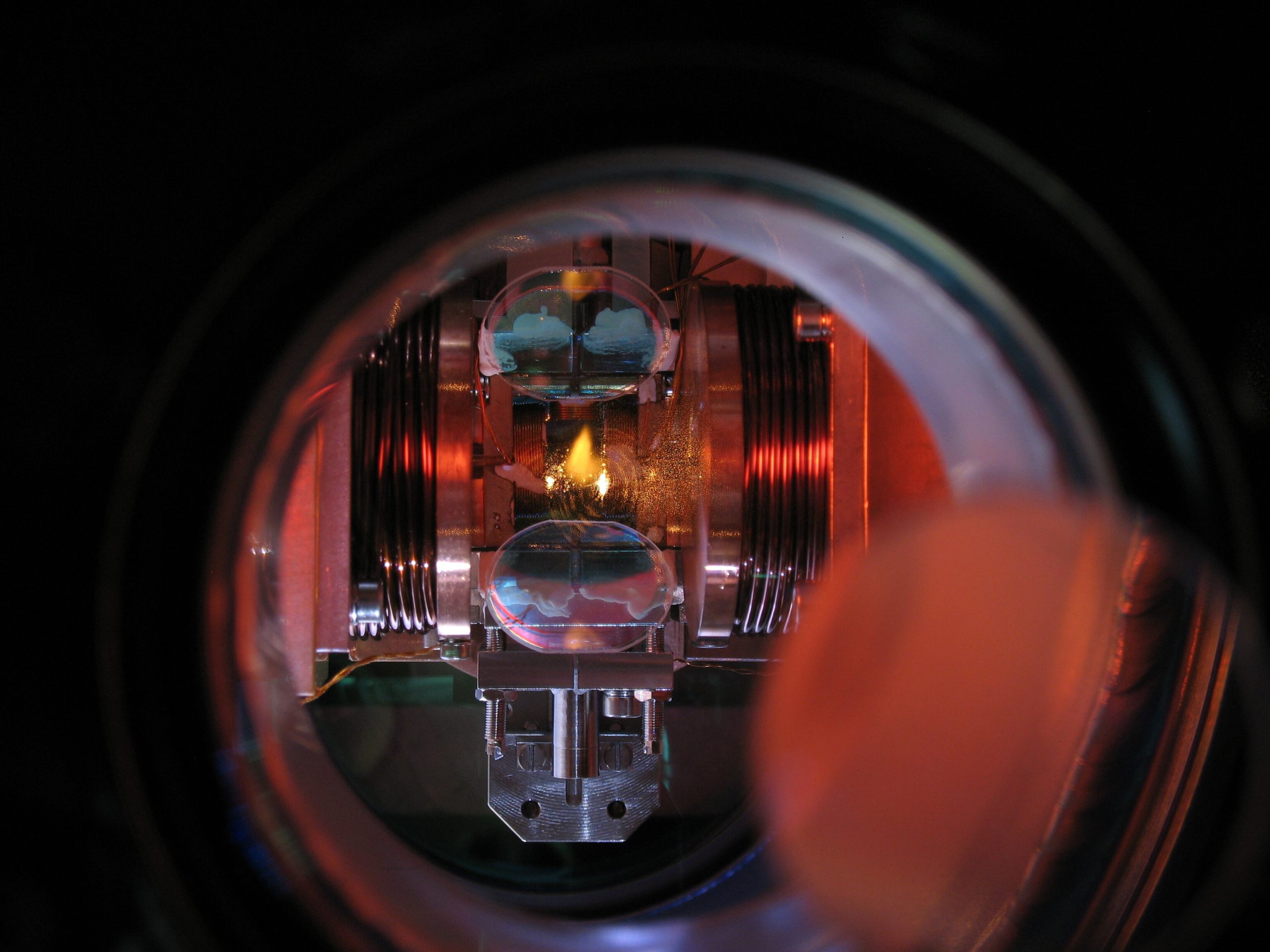Pinoy scientist heads int’l study on dark quantum matter
Published: May 30, 2023
By: Timothy James M. Dimacali
Filipino physicist Dr. Jayson Cosme from the University of the Philippines – Diliman College of Science National Institute of Physics (UPD-CS NIP) recently led a team of six Germany-based researchers in pioneering a way to make a special kind of “dark” matter that can’t be observed using standard laboratory methods. His team’s findings were published in the prestigious international journal, Physical Review Letters.

Scientists are able to use laser beams to slow down the movement of the atoms in a material, causing its temperature to drop. When the temperature goes down almost to absolute zero, the individual atoms can condense together into a new state of matter with quantum properties that behaves almost like a single giant atom. Renowned physicists Albert Einstein and Satyendra Nath Bose were the first to predict its existence, hence it was named after them and is now called a Bose-Einstein Condensate (BEC).
BECs can be observed and studied using special cameras. However, Dr. Cosme’s team was able to use lasers to further manipulate them so that they can’t be observed using these standard methods. “By shaking BECs in the right way, we can cause them to become quantum objects that don’t absorb, reflect, nor emit light—hence, ‘dark,’” he explained.

Dr. Cosme expressed pride and gratitude at being given the opportunity to helm an international team composed of some of the foremost researchers in his field. “I’m very honored and thankful to have been the last author on this paper, as my colleagues are all working from Germany,” he said.
“This has been a very deep cooperation between myself and the group of Prof. Andreas Hemmerich, who studied under Nobel Laureate Theodor W. Haensch; as well as Prof. Ludwig Mathey’s group, which includes my close collaborator, first author Jim Skulte,” he explained.
For interview requests and other concerns, please contact media@science.upd.edu.ph.
Sources:
Jim Skulte, Phatthamon Kongkhambut, Sahana Rao, Ludwig Mathey, Hans Keßler, Andreas Hemmerich, and Jayson G. Cosme. Condensate Formation in a Dark State of a Driven Atom-Cavity System. Physical Review Letters. (2023). https://doi.org/10.1103/PhysRevLett.130.163603
